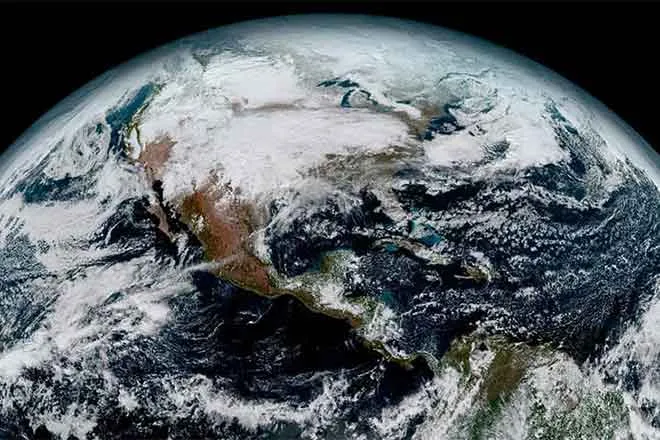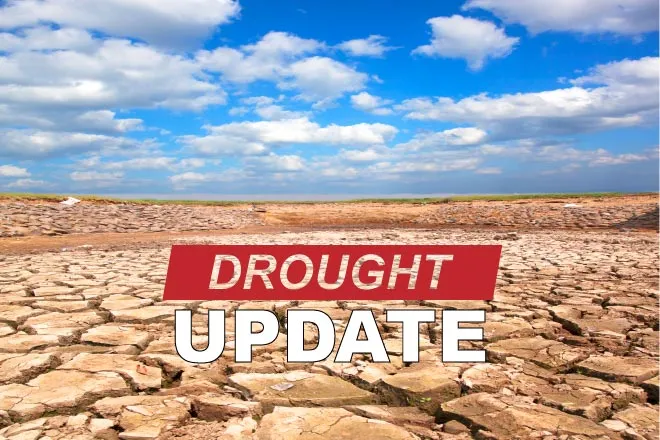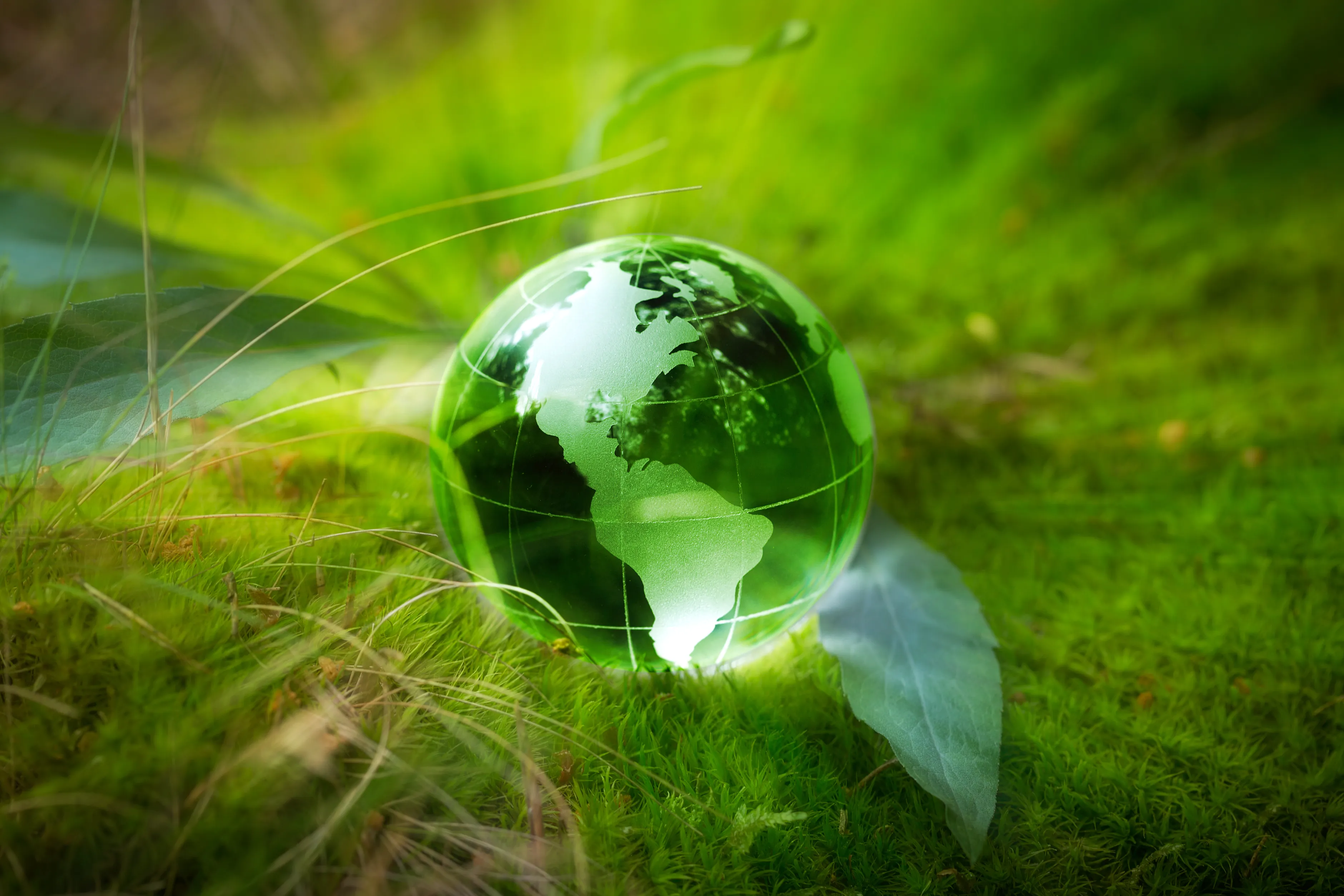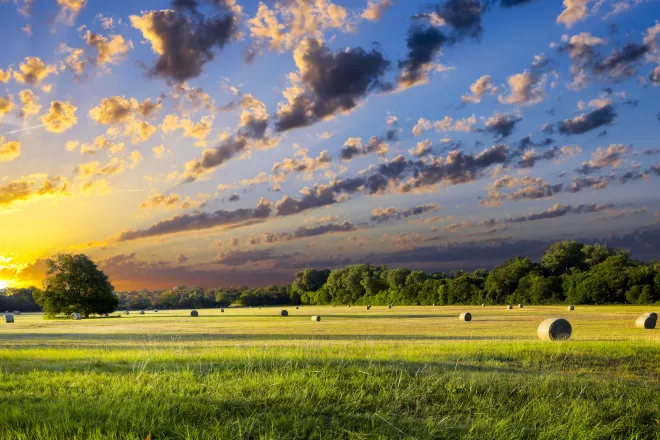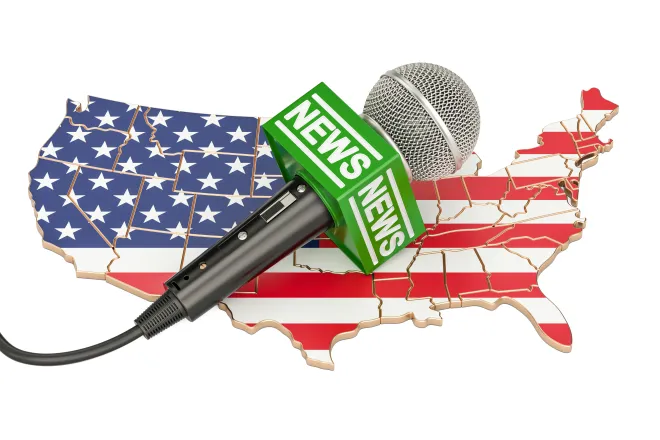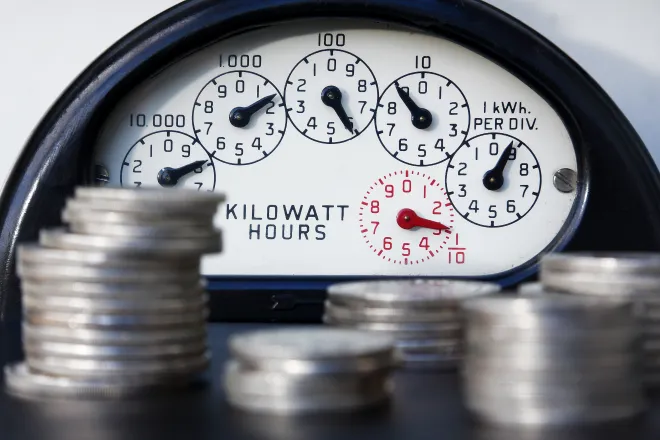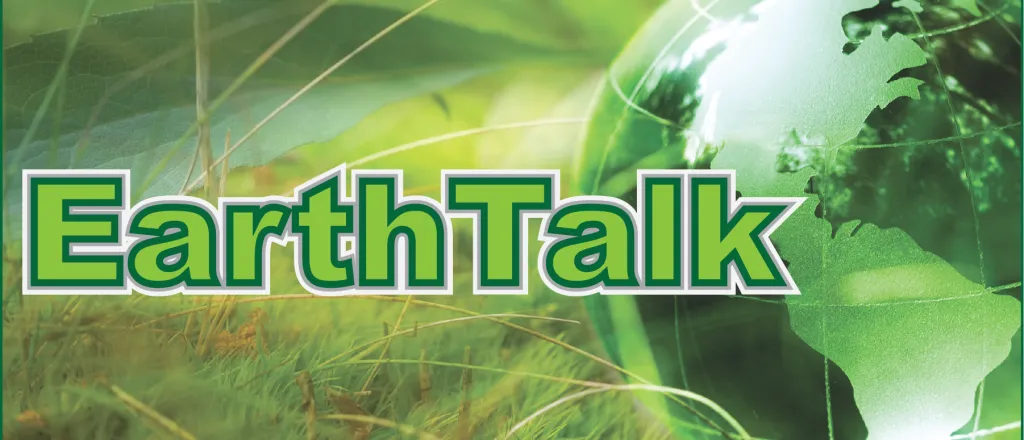
EarthTalk - What (and where) are megadroughts?
©
Dear EarthTalk:
What (and where) are megadroughts and what’s their relation to climate change?
Kory Smith, Providence, RI
Megadroughts are severe droughts that last for decades and affect entire regions, even millions of square miles. They have immense effects on both nature and human societies. These events used to be rare, but they are now happening more often. Many scientists believe that climate change plays a major role in making these droughts worse. Rising temperatures and changes in weather patterns are causing drier conditions. This hurts water supplies, farming and entire communities around the world.
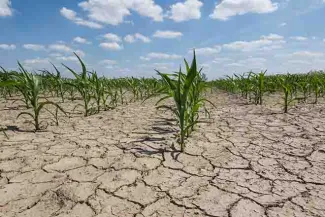
© iStock - Taglass
Megadroughts lead to noteworthy decreases in precipitation, soil moisture and water levels. Research shows that megadroughts have long taken place in history. North America went through megadroughts in the medieval era. Nonetheless, the megadroughts today are more severe because of human actions.
Megadroughts aren’t limited to one area. The southwestern U.S. and Mexico are facing record-low water levels in reservoirs. In Africa, the Sahel region regularly deals with long dry periods. The Andes mountains and the Amazon basin are struggling with reduced rainfall. This harms important ecosystems and water sources. Similarly, eastern and southern Australia usually experience intense droughts, stressing farms and local communities. Data from global drought monitoring groups emphasize how global and recurrent these droughts have become. And climate change makes them worse. Some natural events like El Niño have always caused some variation in rainfall. Nonetheless, human induced climate change is intensifying these changes, creating more severe droughts.
The consequences of megadroughts are extensive. Ecologically, they devastate ecosystems, diminish biodiversity, and elevate the likelihood of wildfires. Economically, they negatively impact agriculture, decrease hydropower output, and elevate the prices of food and energy. Megadroughts also lead to water shortages, food scarcity, and force certain communities to relocate.
Megadroughts can be mitigated through various methods. You can get involved by aiding initiatives that prioritize climate action and resource preservation. Furthermore, you can inform individuals about megadroughts and promote sustainable behaviors. Finally, You can also contribute to or assist organizations focused on environmental restoration and drought resilience efforts. Megadroughts illustrate the profound link between human actions and the environment. We can reduce the effects of megadroughts by collaborating and choosing sustainable options.
CONTACTS
- What causes megadroughts? sciencedaily.com/releases/2025/01/250116161248.htm
- Extreme megadroughts are on the rise worldwide, sciencenews.org/article/extrem-megadroughts-rise-wordwide-fire.
EarthTalk® is produced by Roddy Scheer & Doug Moss for the 501(c)3 nonprofit EarthTalk. See more athttps://emagazine.com. To donate, visit https://earthtalk.org. Send questions to: question@earthtalk.org.

